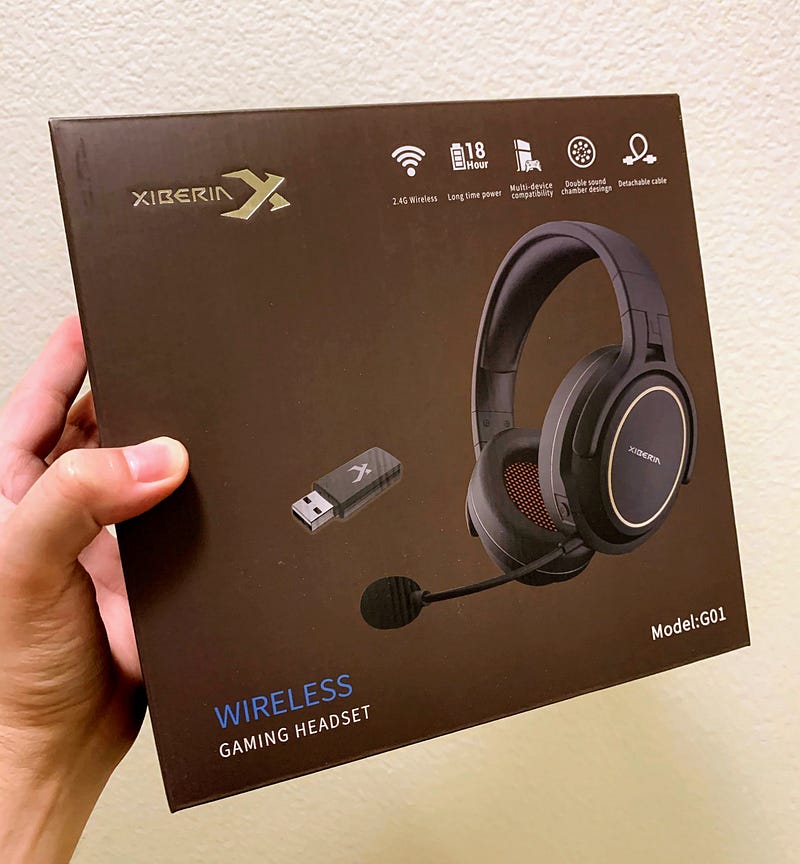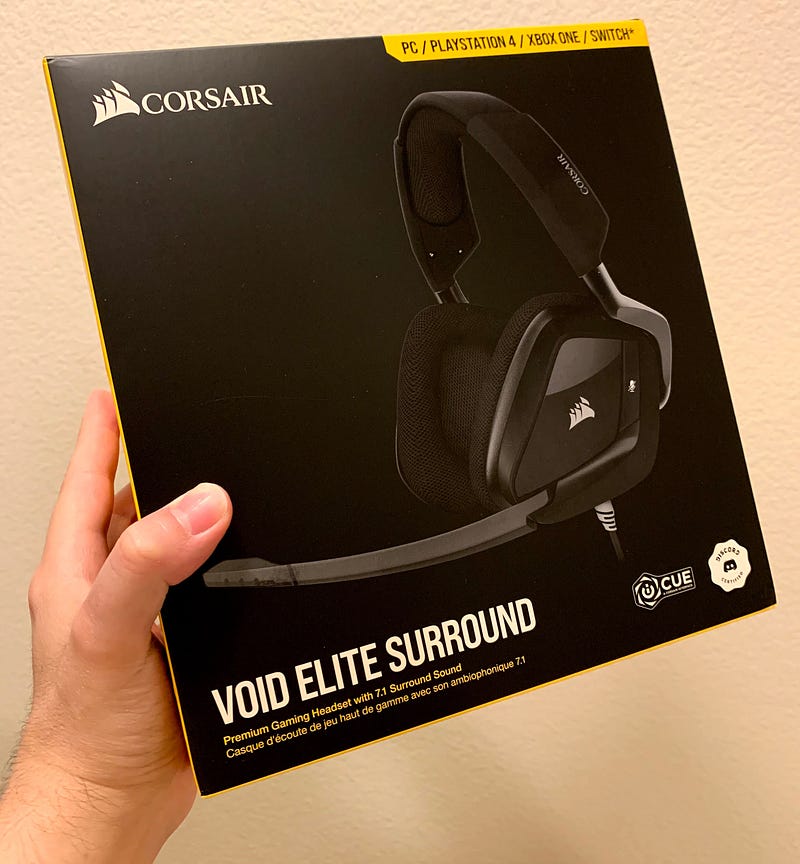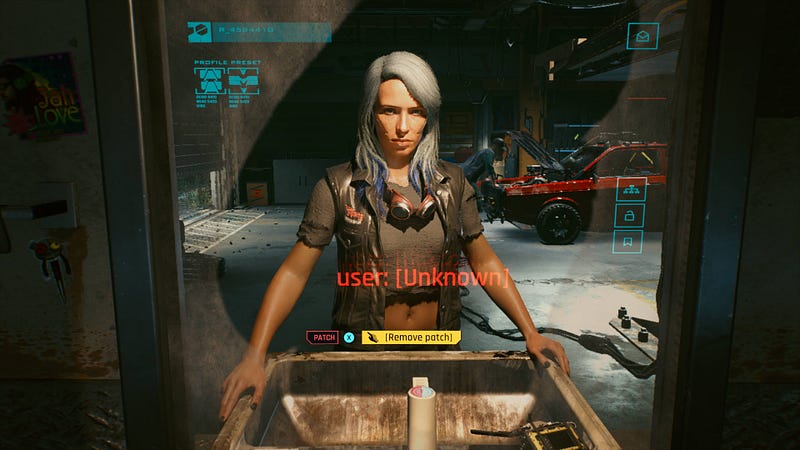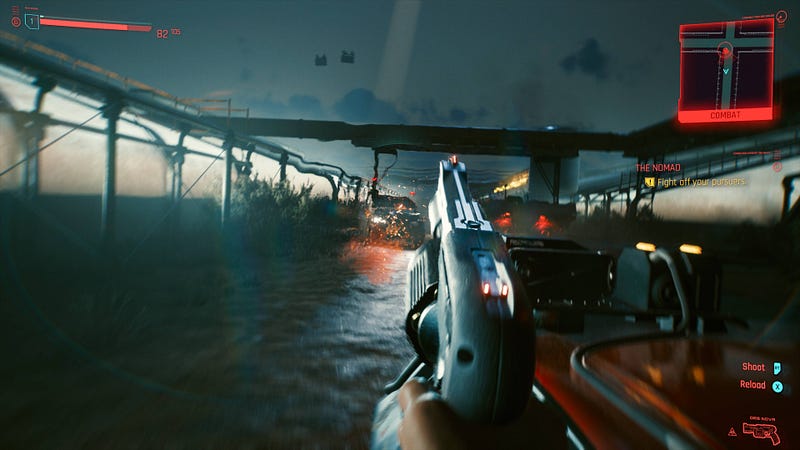Reviewing the Worst: Insights on Gaming Headsets and Cyberpunk
Written on
Chapter 1: The Challenge of Reviewing Poor Products
Writing about subpar products is never enjoyable, yet sometimes it's necessary. Be it a pair of headphones that don't fit properly, a gaming headset with a metal screw stuck inside, or a game port that struggles to maintain a stable framerate, poor quality items are unfortunately prevalent.
It’s important to differentiate between items that are simply flawed and those that are outright defective. My aim is to review products that seem adequately finished for release and devoid of manufacturing issues. If items don't meet these basic standards, I refrain from writing about them, regardless of their potential quality.
I've had to cancel numerous articles for items that fell into this disappointing category. This week, however, I encountered two gaming headsets in succession that had significant technical flaws, which I feel compelled to discuss.
Description: A detailed exploration of the Xiberia G01 wireless gaming headset, including its features and shortcomings.
Section 1.1: Xiberia G01 Wireless Gaming Headset
I’ve passed by the popular Xiberia G01 headset countless times while browsing Amazon, and last week, I finally decided to try it out. This model is part of a long line of headsets, often marketed under the names "Xiberia" and "Jeecoo," sharing a design that seems heavily inspired by the HyperX Cloud Flight.
On paper, the G01 boasts impressive specifications. It supports 2.4GHz wireless connectivity for PC and PlayStation, features a wired backup option, and appears to have sufficient padding for comfort—all for just over fifty dollars.
However, upon unboxing, issues arose. While the headset felt relatively sturdy, with hinges that outperformed those on the HyperX model, I noticed the headband padding was peeling off at both ends of the frame.

This padding is simply glued into place, and after a few uses, it only worsened. Despite my attempts to reposition it, the quality control of this headset clearly leaves much to be desired.
The microphone performed surprisingly well, yet the audio quality from the drivers was disappointing. I previously thought the Razer BlackShark V3 X had excessive bass, but the G01 takes this to an absurd level, delivering a muddy sound profile with minimal treble—save for an annoying peak at the top frequencies that feels like a last-ditch effort to salvage the sound.
While the product description may explain its popularity on Amazon, I struggle to understand the rationale behind its relatively high four-star rating. For around $55, the Mpow Air offers a superior wireless experience, with numerous brands providing wired alternatives that surpass it in sound quality, construction, and comfort.
Section 1.2: Corsair VOID Elite Surround
I was eager to return to the Corsair Void after having reviewed the "Pro" version four years ago. By the end of 2019, Corsair had refreshed the model and rebranded it as the "Elite." My delay in revisiting it stemmed from various life events.
The Void is notable for its unconventional design, co-created by BMW's industrial design team, setting it apart from typical gaming headsets. It also features a rather large, permanently attached microphone.
This new iteration improved the drivers and microphone capsule while adjusting the density of the foam ear pads. However, the plastic material felt slightly cheaper than the previous model, though I can’t confirm this without lab testing.
Unfortunately, after just a couple of hours of use, a significant problem became apparent: my unit exhibited a noticeable channel imbalance in the midrange frequencies, heavily favoring the right side. This is unacceptable for any audio device, particularly one designed for gaming where sound localization is essential.

Exploring online, I found that Rtings encountered similar issues with their wireless version, indicating this might be a widespread quality control issue. It’s ironic since Corsair promotes their Virtuoso lineup for its perfectly matched drivers—perhaps achieving that standard came at the expense of the Void series.
The drivers and microphone have undoubtedly improved in the Void Elite, delivering a more natural sound, albeit with a slight bass roll-off and a flatter midrange compared to the Pro model. It’s unfortunate that much of the sound was skewed to the right in my unit.
Chapter 2: The Cyberpunk Disappointment
Description: An analysis of the launch issues and ongoing problems of Cyberpunk 2077, reflecting on its initial promise and subsequent failures.

At the end of last year, I cleared my schedule, anticipating a blissful gaming experience as I dove into various versions of Cyberpunk. Unfortunately, the reality fell far short of expectations. While the game has its merits—engaging acting, expansive scope, and a loot system—its unfinished state renders any evaluation difficult.
Despite its promising launch, Cyberpunk struggled to avoid being labeled one of the biggest gaming disappointments of 2020, even after suffering a major security breach at CD Projekt Red due to discontented fans. The first significant patch has since been released, addressing numerous glitches and making the game feel more stable, yet it still lacks the polish of a final product.
Cyberpunk had tremendous potential. It was crafted by a respected developer with a vision to revitalize single-player open-world gameplay, akin to Rockstar’s successes. The setting and voice cast seemed more than capable of fulfilling the ambitious promises made. However, fundamental design flaws hinder its success.

I wish Cyberpunk had benefitted from better oversight from the outset. The tech industry often grapples with mismanagement, and the gaming sector is no exception. Cyberpunk required a defined design vision from the beginning to accommodate its vast scope. The E3 2018 gameplay reveal suggested that such a vision was in place, but the final product, even with recent patches, feels like a mere shadow of what was originally promised.
Some argue that The Witcher 3 faced similar launch issues, but the comparison is flawed. While that game had its share of technical hiccups, its design and scope were meticulously crafted. Cyberpunk, on the other hand, attempted to integrate systems into an engine that wasn’t built to support them.
If given enough time and the right leadership, Cyberpunk could have been extraordinary. Now, even with ongoing updates, it risks being remembered as one of the most notorious disappointments in gaming history.
As of this writing, Sony has yet to offer Cyberpunk for digital sale, despite having a catalog filled with far more broken titles. This raises the question: what went wrong?